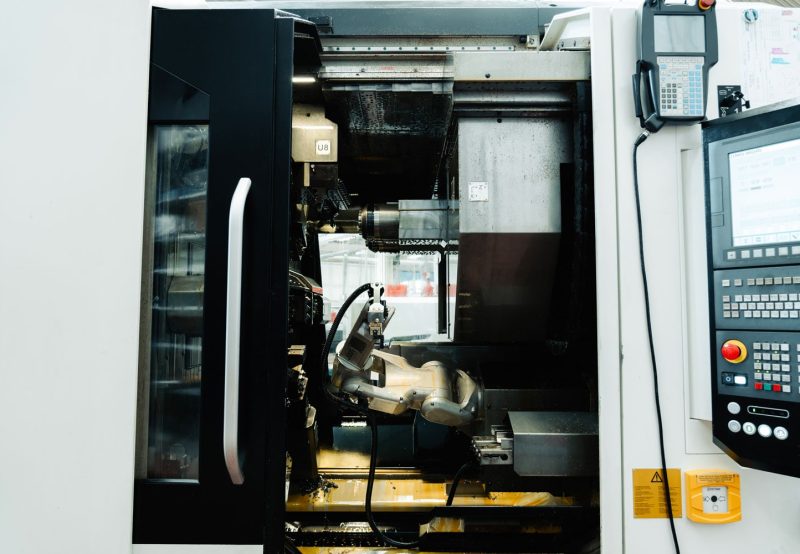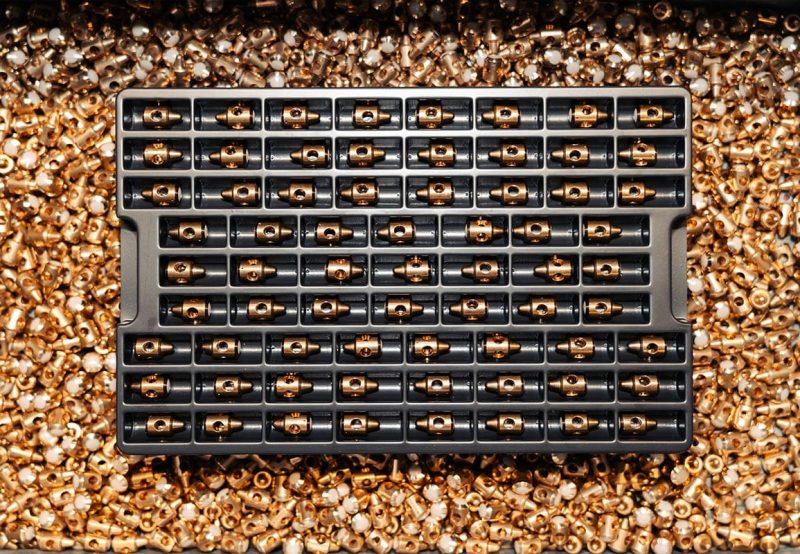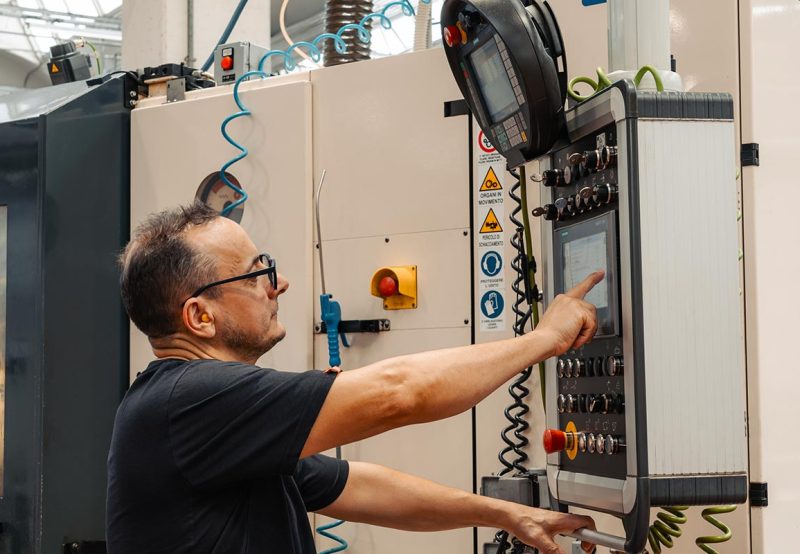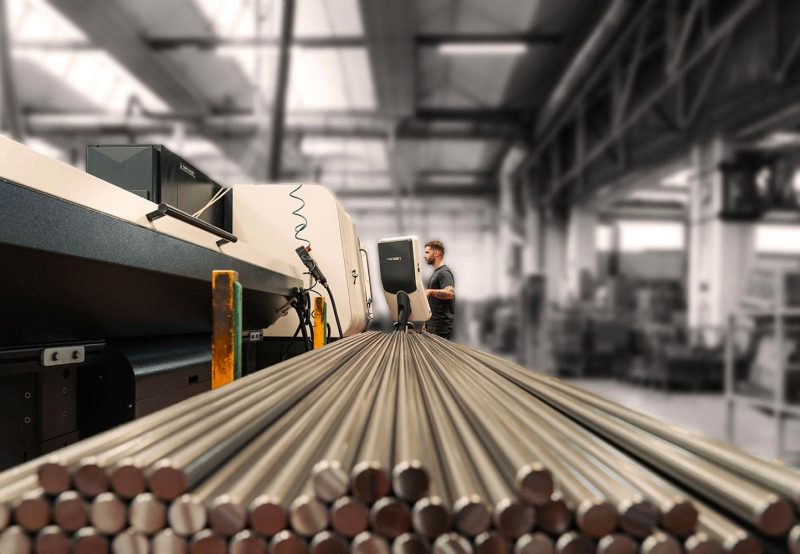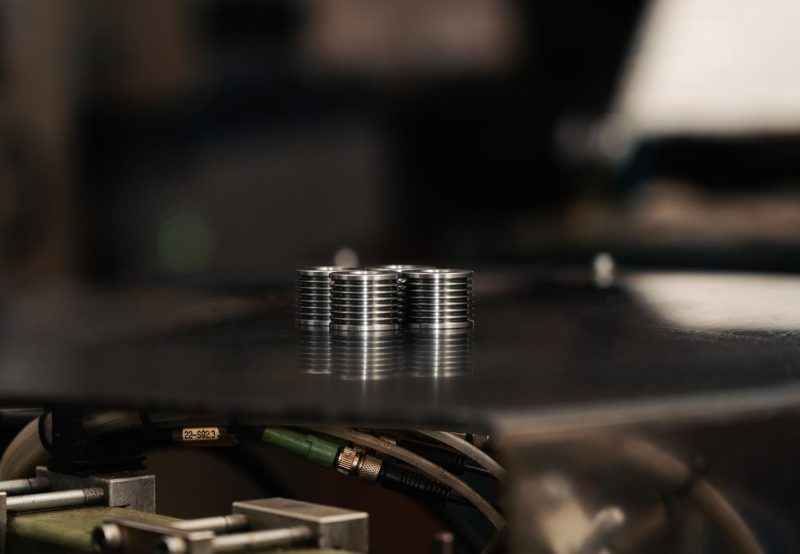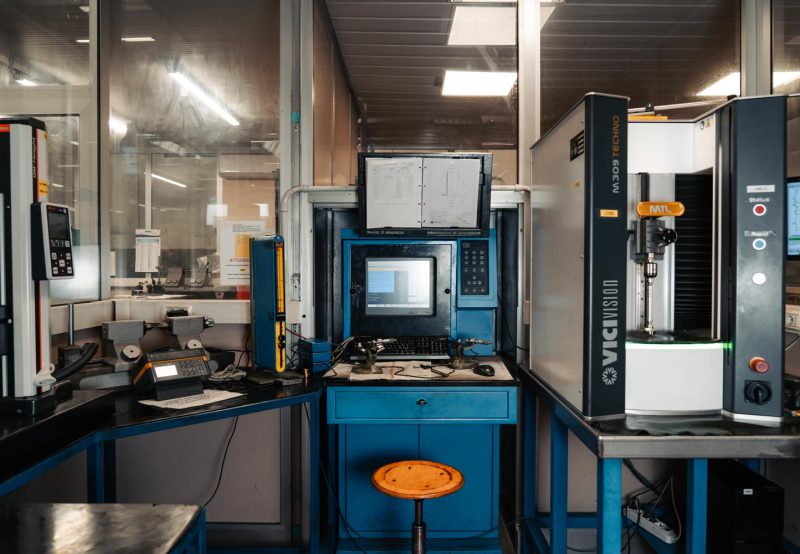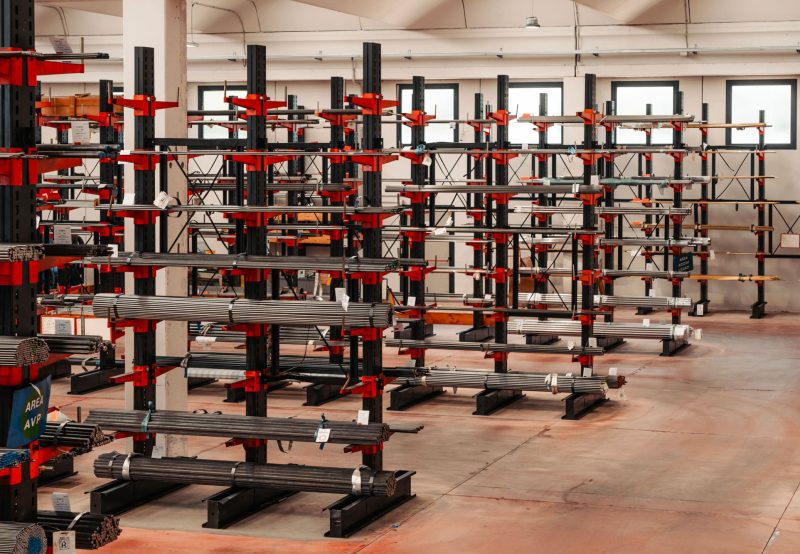Modern automatic precision turning, powered by increasingly advanced CNC lathes, makes it possible to achieve extremely tight tolerances down to the micron level. However, specifying tighter tolerances than necessary can significantly raise production costs. Working within narrow margins means longer cycle times, stricter dimensional checks, and increased scrap rates. Furthermore, materials with unstable characteristics or reduced machinability may require additional steps to meet stringent tolerances.
The role of tolerances in automatic precision turning
In an automatic precision turning shop, dimensional and geometric tolerances are not just figures on a technical drawing they are key drivers of both the final cost and the functional reliability of the component. Defining the right values means striking a balance between functionality and cost effectiveness. An overly tight tolerance may not be necessary if the part doesn’t perform a critical role in the final assembly or operation. It’s not always beneficial to push the technical limits of CNC bar turning. In some cases, more flexible tolerances still allow for fully functional parts at a fraction of the time and cost.
On the other hand, for components requiring precise fits or smooth sliding contact, strict tolerances are essential to ensure performance, safety, and long-term durability. When producing small turned metal parts via bar turning for sectors like automotive, electronics, or medical, even the slightest variation can be the difference between a compliant part and a rejected one.
Balancing precision and cost control
From a quality standpoint, tighter tolerances offer undeniable benefits: part interchangeability, reduced wear, minimized mechanical play, and improved system reliability. However, quality is not measured only in microns it also lies in process consistency, long term dimensional conformity, and cost efficiency. This is where the expertise of an experienced automatic precision turning shop becomes critical. Skilled technicians can advise customers on the most suitable tolerances for real-world applications avoiding unnecessary waste while delivering expected quality.
Choosing the right manufacturing method is also crucial. For certain geometries, multi-axis automatic turning can be more cost-effective than sequential processing across multiple machines. It minimizes repositioning errors and enhances overall precision.
Sarbo’s consulting approach in automatic precision turning
Sarbo combines cutting-edge technology with expert consulting and industrialization services to deliver top-tier automatic precision turning. Ongoing collaboration between customer and manufacturer is essential for defining tolerances that ensure the required quality without compromising cost competitiveness. This synergy is the foundation for achieving a perfect balance between technical excellence and sustainable manufacturing in bar turning.
All production processes for metal small parts follow Lean Production and Six Sigma principles, aiming to minimize waste, improve efficiency, and optimize costs.
After machining, Sarbo performs meticulous quality checks to ensure compliance with specified tolerances and high quality standards. The performance of the entire automatic turning process is continuously monitored using the OEE (Overall Equipment Effectiveness) system. Every part undergoes detailed dimensional inspection, capable of meeting even the most demanding requirements of the automotive industry.
Discover the quality behind Sarbo’s automatic precision turning.

